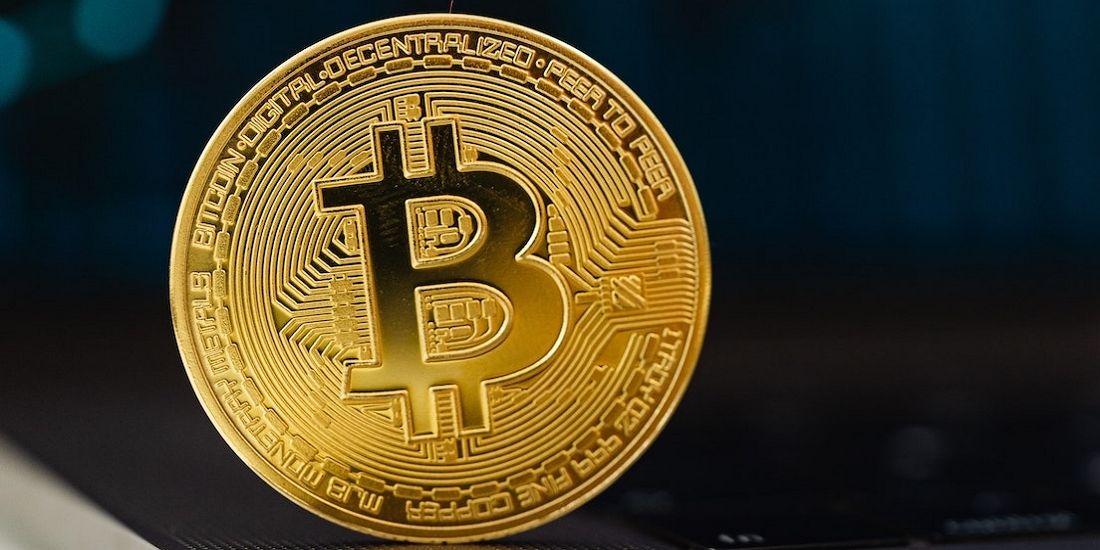The term "blue chip" came from the card poker game. The blue chips are the most valuable ones on the table. It was first used to refer to valuable stocks in 1920 and, since then, has continued to be used in various financial markets, including cryptocurrencies.
But what are blue-chip cryptos, and are they worth investing in?
What Are Blue-Chip Assets?
Blue-chip assets are assets that have withstood the test of time. These assets are valuable, stable, and established. They are usually household names, seen as high-quality investments, and have a higher chance of scaling through adverse economic periods. In addition, these assets are usually for companies that have been operating for many years. They include Coca-Cola, Walmart, Microsoft, Visa, McDonald's, Pepsi, and many more companies that fall into these categories and are dominant leaders in their respective industries.
Blue-chip assets are usually less volatile and highly liquid as they are used in many trading activities. They have passed through several challenging times and bear markets, and many investors see them as safe to invest in.
It is important to note that many big and popular companies are not regarded as blue-chip because they are yet to pass the time test to be regarded as such.
What Are Blue-Chip Cryptocurrencies?
Now that we have seen what blue-chip stocks are, the question is whether such assets also exist in the cryptocurrency world. We can conclude with an affirmative answer if we look at the behavior of some cryptos in relation to others. Although cryptocurrencies are not as old as many stocks, some have been available for many years and can be said to be more stable and somewhat reliable—at least for a crypto.
What Makes a Crypto Blue-Chip?
You can also use the yardsticks for determining blue-chip stocks to determine what crypto falls into such a category. However, there is a slight difference owing to the peculiarity of the crypto market. Therefore, let's quickly look at some criteria you can use to determine if a crypto asset is blue-chip.
Years of Existence
We can categorize a crypto as blue-chip if it has been available for many years and has survived many bear markets. Though cryptocurrencies are still new, some have been around for a longer period.
Many Use Cases/ Long-Term Potential
Another factor to consider is the crypto's value in terms of use case. Here we can ask questions like: What solutions does it bring? How valuable will the solutions be in the future?
High Liquidity
Blue chip cryptocurrency should also be easily interchangeable between users or investors. It should also be easy to buy and sell them when they want to.
Relatively Stable
They should also be more stable. Although this could be a little challenging as the market is volatile. However, despite the volatility, a cryptocurrency regarded as a blue chip should have fewer price swings relative to others.
4 Examples of Blue Chip Cryptocurrencies
In this section, we will describe two blue-chip cryptos and two others that may not be classified as blue-chip but have shown some stability over the years.
1. Bitcoin (BTC)
Anyone who knows about cryptocurrencies has heard of Bitcoin. It is the first cryptocurrency and the crypto token with the highest market capitalization, accounting for more than $365 billion market cap, which is around 39% of the total crypto market share.
BTC dominance affects the price of other cryptocurrencies to a great extent. Likewise, its price movement affects that of altcoins. Bitcoin has survived different types of bear markets since its introduction in 2009. The token is also scarce, with only 21 million tokens in circulation.
2. Ether (ETH)
Ether is the second largest cryptocurrency, with a market capitalization of more than $160 billion. It is the native token of the Ethereum network. The Ethereum blockchain has many use cases, as it is the native blockchain for many crypto projects, with over 2,000 projects covering solutions that involve decentralized finance applications, payment processing with the use of smart contracts, security and third-party privacy, data storage, games, arts, etc.
Ethereum has a robust platform that supports many other altcoins. The use cases and many other solutions make it a big player in the crypto world.
Bitcoin and Ethereum have continued to grow and invent new solutions even during difficult markets, such as bear markets. They are cryptocurrencies to consider during market downturns when the need for safety and security outweighs the desire for rapid gains. The nature of the two cryptocurrencies also makes many crypto enthusiasts believe they are more reliable than other cryptocurrencies for long-term investments.
3. XRP (Ripple)
Some other cryptocurrencies are not necessarily blue-chip, but they are reliable enough to call them a "semi-blue-chip" compared to other cryptocurrencies. XRP and Binance Coin (see the following section) are two such semi-blue-chip cryptos.
XRP is the native token of the Ripple network. It was created in 2012 as a payment system. It is presently the sixth largest cryptocurrency in market capitalization, with over $25 billion in trade volume, giving it about 2.76% of the market cap as of October 10, 2022.
The idea behind Ripple was for it to be a decentralized monetary system that could effectively allow users to create their own money. One of the things that makes this project strong is its partnership with banks. Ripple has survived several crypto bearish runs. However, it is presently facing major issues with the SEC. If it wins, it could have a significant price increase.
4. Binance Coin (BNB)
The Binance Coin is the native token of Binance that was created in 2017. It has over $40 billion in market capitalization and holds 4.7% of the total crypto market share.
Binance brings a lot of solutions to its users through its robust blockchain and wallet services. The company is the largest crypto exchange by daily trading volume. In addition, users use the BNB as payment for gas fees on the BNB chain.
Are Blue-Chip Cryptocurrencies Worth Investing In?
The fact that a cryptocurrency or any other asset is blue-chip and rock-solid does not make it immune to market downturns. Bitcoin, for example, has had significant price falls in recent times that have made many investors skeptical about investing in it. Bitcoin and Ethereum also have elongated bear markets that cause panic for investors.
You may need to consider your trading goals to know if investing in blue-chip cryptos is good for you. Blue-chip cryptos could be good options to invest in if you prefer to stay safe and take minimal risks. This is not because they are safe or there are no chances of you making losses, but because they tend to be less volatile and more likely to overcome adverse bear markets.
Some investors prefer to make their investments a mixture of blue-chip cryptos and others. These people often prefer to gain from the volatility and low prices of lesser-known cryptos while also putting some of their money in more stable cryptocurrencies.
Going for newer and more volatile crypto tokens is usually the best option for those who want to take a lot of risks and desire to multiply their investments in a short time.
Invest Carefully, Blue-Chip or Not
When trading or investing, we suggest you always have proper risk management strategies and not forget to diversify your portfolio. A market that has done well in the past doesn't guarantee future returns.
Whatever decision you make, don't forget that profit is never assured in the crypto market, just like other financial markets. Invest wisely!
The information on this website does not constitute financial advice, investment advice, or trading advice, and should not be considered as such. MakeUseOf does not advise on any trading or investing matters and does not advise that any particular cryptocurrency should be bought or sold. Always conduct your own due diligence and consult a licensed financial adviser for investment advice.



